This is not a piece that will equip you with a set of instructions and pretty picture to help you go away and prepare something to eat for your friends and family. However, this article may lead you to think differently about something that is consumed in the UK to the tune of approximately 70 million cups per day – coffee.
In November last year, I had the huge privilege of being ‘thoroughly educated’ on all matters coffee by Ian Keeling, the owner of the Buxton Roastery. I learned that there is certainly more to a decent cup of fresh coffee than pouring boiling water over some brown stuff and adding a splash of milk. In the hands of a pro like Ian, an extra 2 seconds of brew time, or a change in the tamping pressure of the puck can completely alter the characteristics of the end product. The key thing for commercial coffee brewing is to hit on the right formula and then lock it in for consistency. Nige, in his domestic quest for consistency used to have a rather expensive calibrated tamper. That is until he dropped it. Now he has an expensive paperweight.
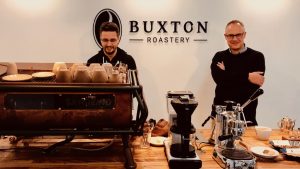
The Nosey Chef goes to ‘coffee school’
Ian and his wife Mim’s passion for coffee was born out of a desire to serve perfect coffee to customers in their restaurant Simply Thai. Ultimately, they concluded that the best way to achieve perfection was through end-to-end ownership of the process, from planting and harvesting the coffee beans, through to roasting and packaging. The Buxton Roastery was started, and has been in operation since 2016.
During the course of my visit and subsequent work-related projects, I started to find out an awful lot about where our coffee comes from and how it is produced.
Unfortunately, the origins of this ‘pick-me-up’ beverage are a little murky. One early story involves a goat herder in Ethiopia who noticed that if his goats ate the red berries from a particular bush they jumped around all night and didn’t sleep. And, when he ate the same berries, he too found he could remain alert throughout the small hours. Any parent who has observed to effect of feeding cheesey Wotsits to a small child will understand the effect I am referring to. Word spread across the land, and by the 15th Century coffee was being cultivated in Yemen. By the turn of the next century it had spread as far as Egypt, Syria and Turkey. European travellers to these foreign lands came back with tales of a exotic dark beverage with strange properties, and by the 17th Century coffee was growing in popularity across the entire continent. Coffee even received papal endorsement when Pope Clemence VIII was asked to intervene in a Venetian dispute whereby a local clergyman condemned coffee as the work of Satan. Coffee slowly became the breakfast beverage of choice, replacing beer and wine. Coffee houses sprung up in major cities such as London and Amsterdam, and these venues grew in popularity as places to meet and conduct business – brokers, merchants and artists were among the principal clientele.
As demand spread, so did attempts to grow coffee plants outside of Arabia, with the Dutch leading the way. Whilst their initial efforts in India were unsuccessful, they did manage to achieve some success on the island of Java, which is now part of Indonesia. Today, Brazil is the largest producer of coffee worldwide, grossing approximately 2.5 million tonnes annually. Vietnam is second with 165,000 metric tonnes annually and Columbia third with 810,000 metric tonnes. The two main varieties of coffee bean grown worldwide are Arabica (80%) and Robusta (20%). High-altitude, sub-tropical regions with well defined wet and dry seasons are the optimal conditions for growing Arabica plants. Robusta can be grown at comparatively lower altitudes in a region that spans 10˚ north and south of the equator. Robusta plants are much more tolerant of warm conditions than Arabica, and they generally more resistant to pests, reach maturity quicker, and give a higher yield. Robusta, therefore, tends to be farmed more intensively, using a technique known as open planting. This involves growing coffee plants in direct sunlight, often in large areas that have been deforested to make way for coffee production. This results in a loss of biodiversity.
Vietnam is the world’s largest producer of Robusta, accounting for approximately 60% of worldwide exports of this variety. The majority is produced in the central highlands of the country, with many people moving from the lowland areas to work on the coffee plantations. Unfortunately, the global price of coffee has fallen recently, partly attributable to large amounts of cheaper Robusta coffee from Vietnam that have flooded market over the past 10 years. This has had a detrimental effect on the economy of the major coffee producing regions of the country. Arabica coffee plants, on the other hand, are more commonly shade planted – under the existing tree canopy – employing principles of natural ecology. Shade planting encourages species diversity, carbon sequestration and soil stabilisation.
The Buxton Roastery sources single origin Arabica coffee beans from small independent growers worldwide, who use shade planting techniques, therby avoiding issues associated with deforrestation and intensive farming. Beans are sourced from Guatemala, Indonesia, Thailand, Honduras, Kenya, Todos Santos, Costa Rica and Brazil, with approximately 4 tonnes being imported annually.
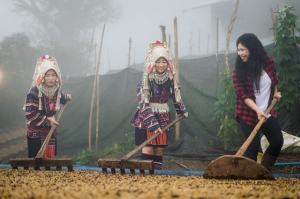
‘Mim’ raking green coffee beans on the Peang Thai plantation, Thailand. Photo @mimsimplythai (Instagram).
Sorry, you want a ‘decaff?’ OK. Here is what I learned, about decaffeinated coffee.
Decaffeination is always done using the ‘green’ unroasted coffee beans. The first commercially successful decaffeination process was the Roselius process – named after the German coffee merchant Ludwig Roselius (1903). This involved steaming the beans with brine, and using benzene to extract the caffeine. You will not be surprised to learn that the process is no longer used, owing to the carcinogenic nature of benzene.
Four main methods of decaffeination are currently used commercially – two of which utilise solvents and two which don’t. Both indirect and direct solvent extraction use either methylene chloride or ethyl acetate. You will recognise methylene chloride if you have ever read the contents list on the side of a can of paint stripper. Ethyl acetate, on the other hand, is commonly found in glue and nail varnish remover. The difference between the indirect and direct extraction is that in the indirect method, the solvent does not have direct contact with the coffee beans. In the direct method, the beans are subjected to a soaking in ethylenes.
The two processes that do not involve the use of solvents are carbon dioxide extraction and the rather clever Swiss water process. The carbon dioxide method is the most recent to be developed, and was pioneered at the Max Planck Institute. It uses liquid CO2 which acts selectively on the caffeine, releasing the alkaloid from the bean.
Now to the really clever stuff. The Swiss water process is unique in that it doesn’t use any chemicals to extract the caffeine. The process relies on osmosis. You may need to dig out your O-level chemistry book for this bit. Yes, at The Nosey Chef, we are old enough to have done O-levels. Firstly the ‘green’ beans are soaked in very hot water to dissolve. The liquid is then passed through an activated charcoal filter of the correct porosity to collect the caffeine, whilst allowing the flavour-rich coffee oils to pass through. This results in a tank of caffeine and flavour-free beans, and a tank of flavour–rich coffee oils, without the caffeine. This oil mixture is known as ‘green coffee’ extract. The extract is then reheated and used to extract the caffeine from a fresh batch of ‘green’ coffee beans. This stage relies on the principle of osmosis to be successful as the ‘green coffee’ extract is already saturated with the flavour oils. The only osmotic gradient that exists is that for the caffeine, so it moves from the beans into the extract. Only the caffeine is removed from this batch of beans. For decaffeinated coffee, the Buxton Roastery only uses coffee beans that have been decaffeinated using this process. All organic decaffeinated coffee is produced in this way and should be labelled accordingly.
And finally the roasting. This is done on the premises by Ian in small batches according to the customer specifications. The only waste product is approximately 1 tonne of coffee chaff per year. Chaff comprises the husks of the coffee bean which has been shed during the roasting process. Chaff is completely biodegradable, and, whilst it can be disposed of with minimal environmental impact, it also has a number of other potential uses such as composting or biomass heating.
So there it is – bean to cup plus some other bits in between. The Nosey Chef firmly believes that ‘life is too short to drink rubbish coffee.’ You be the judge.

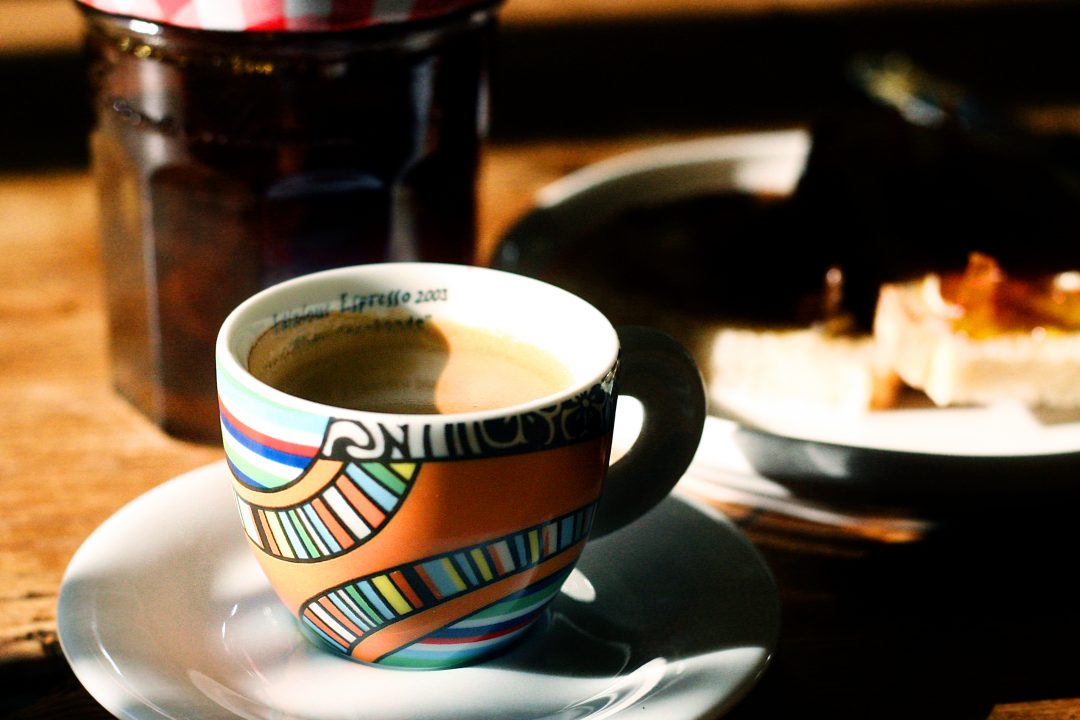
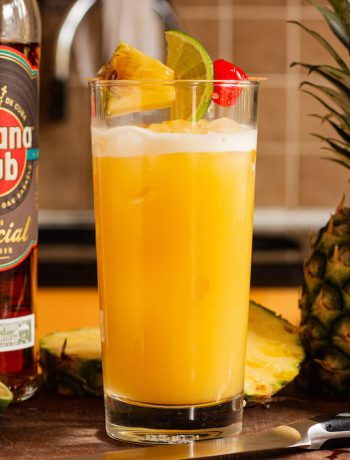

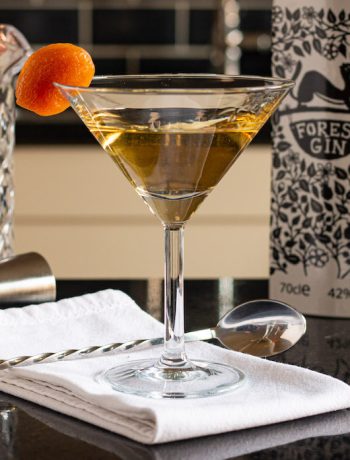
No Comments